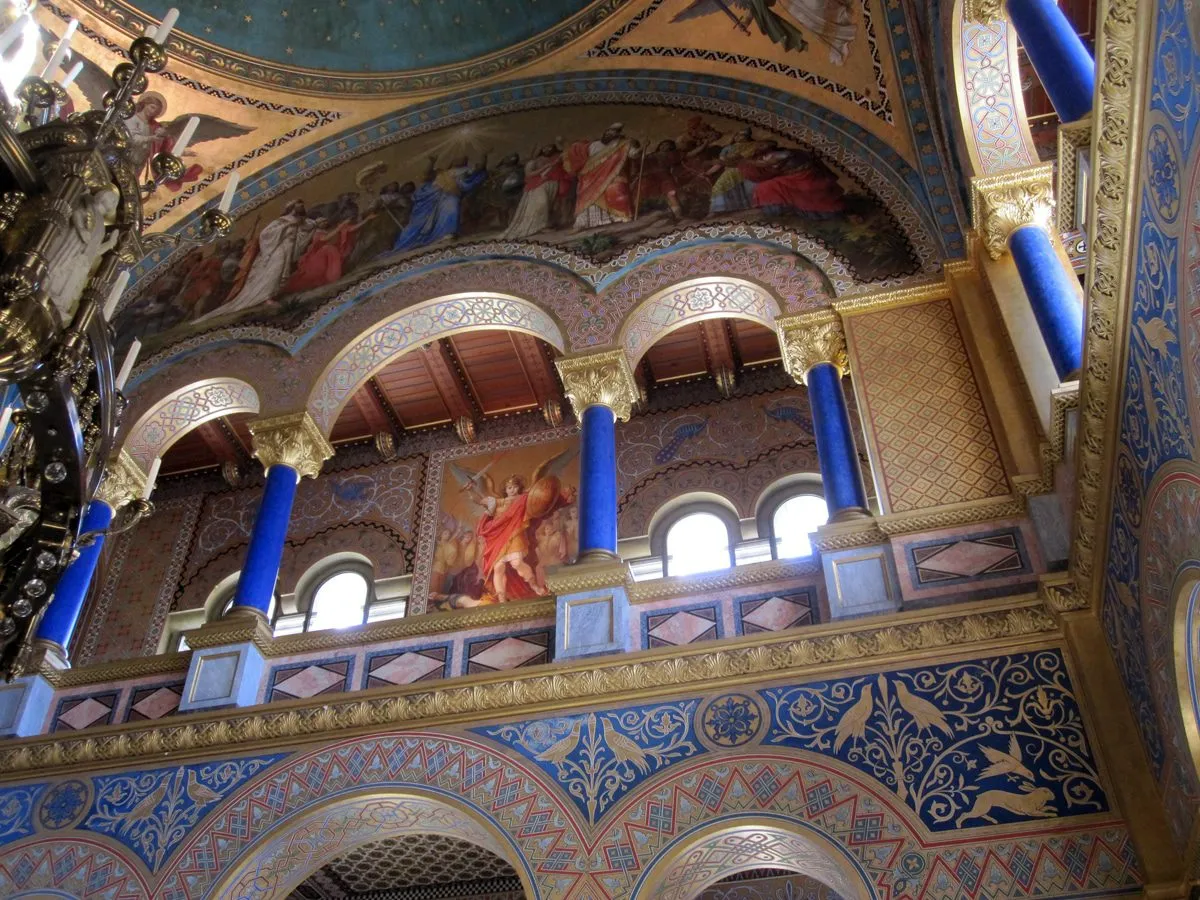Neuschwanstein Castle - History, Origins, and the Vision of King Ludwig II
Discover the history of Neuschwanstein Castle — a Romantic masterpiece built by King Ludwig II of Bavaria, inspired by myth, opera, and dreams.

The Neuschwanstein Castle of Bavaria seems to belong not to any age, but to a dream. Rising from the misty forests of the Allgäu Alps, its white towers and soaring turrets evoke a vision of a medieval fairytale made real.
Yet Neuschwanstein was no relic of the Middle Ages. It was a 19th-century creation, conceived not for defense or politics, but for beauty and solitude — a poetic refuge for one man’s imagination.
👑 The King of Dreams
Its creator, King Ludwig II of Bavaria (1845–1886), was a monarch at odds with his own century. A patron of music and myth, Ludwig longed to escape the industrial modernity overtaking Europe. To him, the medieval world represented purity, chivalry, and divine order — everything his own age had lost.
In 1869, he commissioned Neuschwanstein as a private retreat, a sanctuary “for myself and my friends,” far from Munich’s bureaucracy. Inspired by the operas of Richard Wagner, the castle would become a stage set for his fantasies — a world where music, myth, and architecture merged into a single vision.
🏗️ A Castle Reimagined
Construction began on September 5, 1869, on the ruins of two medieval fortresses. The architect Eduard Riedel and stage designer Christian Jank worked from Ludwig’s sketches — which resembled not blueprints, but scenes from legend.
Neuschwanstein was designed in Romanesque Revival style, but infused with theatrical imagination. Its towers, gables, and oriels rise asymmetrically, reflecting the romantic ideal of picturesque imperfection — a building meant to be viewed as if through the lens of a dream.
“The castle shall be in the authentic style of the old German knights’ castles,” Ludwig wrote, “and yet more beautiful than all the others.”
🌄 The Place of Legends
The site itself was chosen with poetic intent — overlooking Hohenschwangau Castle, Ludwig’s childhood home, and framed by the Pöllat Gorge and Alpsee Lake. The location evokes the landscapes of Germanic mythology: the home of the Grail, the stage for Lohengrin’s swan, the world between heaven and earth.
💔 Incomplete Perfection
When Ludwig died mysteriously in 1886, only about one-third of Neuschwanstein was complete. The project had consumed his fortune and alienated his ministers, but he never regretted it. Within weeks of his death, the castle opened to the public — transforming a private dream into a national symbol.
Today, Neuschwanstein stands as both a monument to longing and a mirror of its maker’s soul — the dream of a king who built eternity from imagination.
“I wish to remain an eternal mystery to myself and others.”
— King Ludwig II
About the Author

Cultural Historian
A travel enthusiast and history lover, I created this guide to help visitors experience the magic and stories behind Neuschwanstein Castle.
Tags
Comments (0)
Loading comments...